It’s not a secret to most people visiting this website daily: I’m legally blind. Yes, the Editor in Chief of the Phoblographer is legally blind, yet somehow or another operates cameras, lights, lenses, and even edits the articles of the staff. The world looks like a painting, even with glasses on. And for years, I thought that one day, cameras would become small enough and detailed enough for those with my vision to see better. So when I was told about the Sony Retinal Projection Camera Kit a few years ago in a meeting, I was pretty pumped when it was finally announced.
This is Not a Sponsored Post
I will preface the rest of this article by saying that this article isn’t sponsored by Sony. I was told years ago about the technology in the Sony Retinal Projection Camera Kit. But they had me in mind first and foremost because I’m the only legally blind journalist in the photo world at the head of a large accredited publication.
Further, I’ve always been super transparent with our readers; we even have an ethical policies page. Seriously, we’re huge on this.
In fact, I won’t even put affiliate links in this post. It’s purely informational. And also, please don’t call this a review. It’s more of an overview and a story.
Before I go on, I’d like to point you to a few sources:
Tears of Joy and Hope
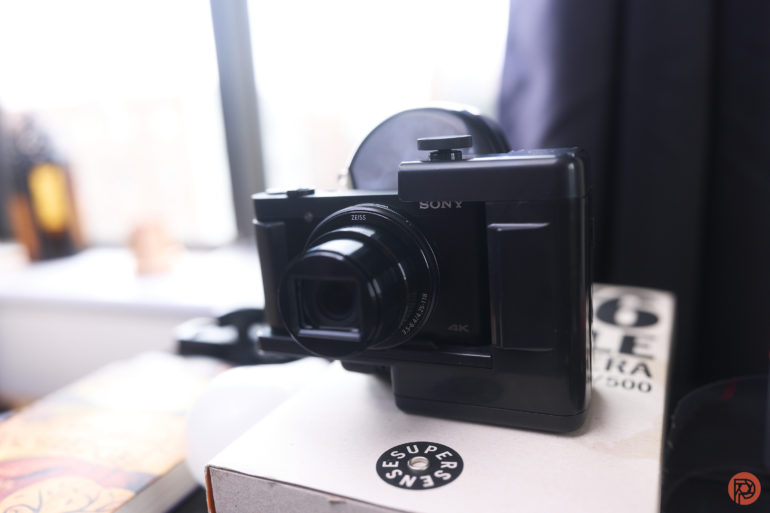
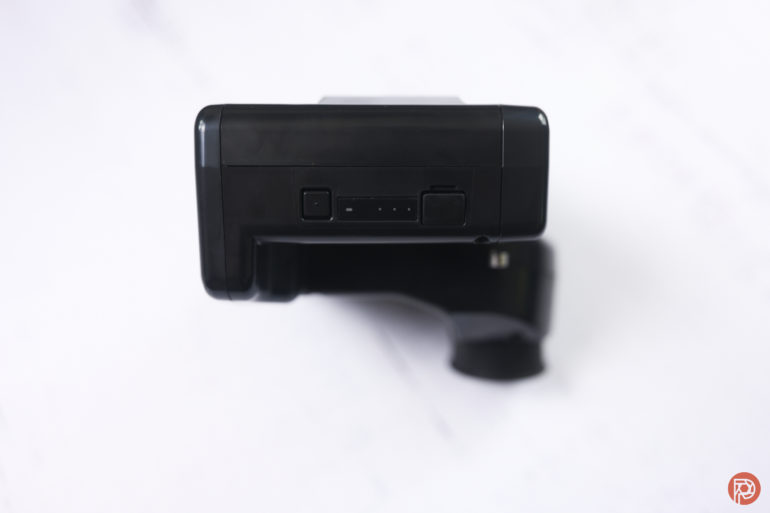
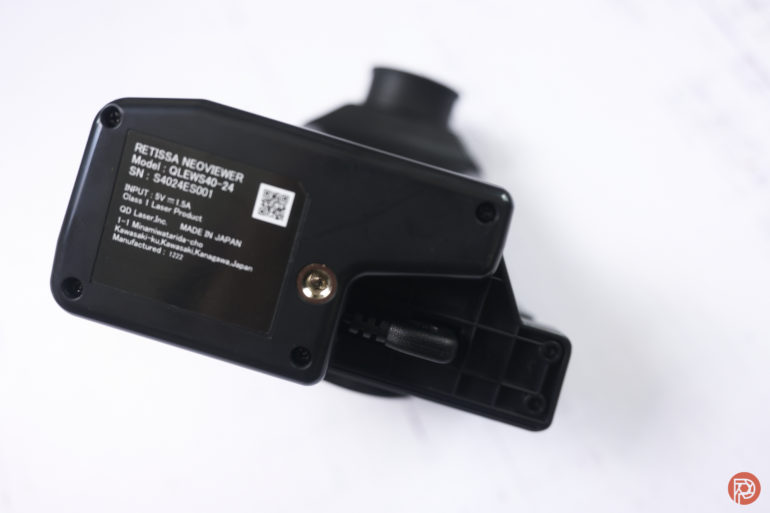
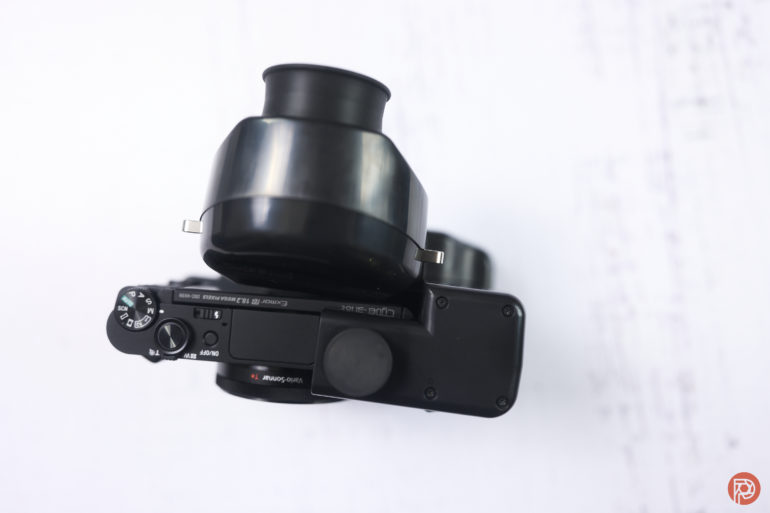
One of our Sony reps is probably the only person to have heard me cry tears of joy in a professional setting. He’s also got very limited eyesight, but like me, he’s still incredibly capable. When I put the Sony Retinal Projection Camera Kit to my eyes for the first time, it didn’t immediately hit me that I was seeing the world pretty clearly without my classes or a diopter adjustment. But slowly, as we continued talking on the phone, it hit me. This was the first time I could see through a viewfinder without my glasses in over a decade.
How I Became Legally Blind
I wasn’t always legally blind. But the story of how I needed glasses and the regression of my eyesight is mired in some craziness. It began when I was still in high school. My mother, who wasn’t the best person at all, didn’t believe me when I told her that my vision was failing, so my grades weren’t great. “You’re too young for this to happen,” she’d say.
It wasn’t until my father’s insurance was running out that he told her to take my sister and I to the eye doctor. Further, it took a doctor to convince her that I was going blind and needed glasses. He even convinced her she should’ve brought me sooner when I started complaining about the issue.
I remember being in a room with reps from another company and asking them to make the viewfinders of their DSLRs better for legally blind people. They laughed at me. But when EVFs came around, I fully embraced them and what they could do
So I started to wear glasses, and my vision slowly got worse.
Fast forward to my 20s when I started working at B&H Photo. This was around when stress started to cause me extreme headaches because of astigmatism in my eyes. After I quit that company to run Phoblographer full-time, a doctor gave me a terrible prescription. He said that I’d just get used to it. But after two weeks, I still couldn’t at all. So I asked him to slightly change it, and I could see better again.
One week, my glasses broke in the middle of Brooklyn, and I had to navigate the world pretty much blind for two weeks.
The following year, I switched eye doctors. They finally told me I had keratoconus, which happens in 10% of the world’s population. Because of the way that profits work in the medical industry, there hasn’t been much research into it. The keratoconus kept getting slightly worse over the years. Eventually, I went from being a left-eye shooter to a right-eye-shooter.
This is how I embraced mirrorless cameras. I remember being in a room with reps from another company and asking them to make the viewfinders of their DSLRs better for legally blind people. They laughed at me. But when EVFs came around, I fully embraced them and what they could do.
Today, they’re the standard.
They finally told me I had keratoconus, which happens in 10% of the world’s population. Because of the way that profits work in the medical industry, there hasn’t been much research into it.
EVFs these days are so good that I can start to see very clearly through them. This is because they’re making the screens more pixel-dense and combining that with diopter adjustments.
The other day, my eye doctor told me that my left eye seemingly got better while my right eye got slightly worse. And I’m looking into a procedure to slow down the keratoconus. But honestly, it’s an anomaly that a guy that’s legally blind can also run one of the world’s largest photography blogs.
Let’s just say that autofocus is a beautiful thing. And the AI tech in some of these cameras that help you detect faces and make photography a more inclusive art form.
The Sony Retinal Projection Camera Kit and How it Helps
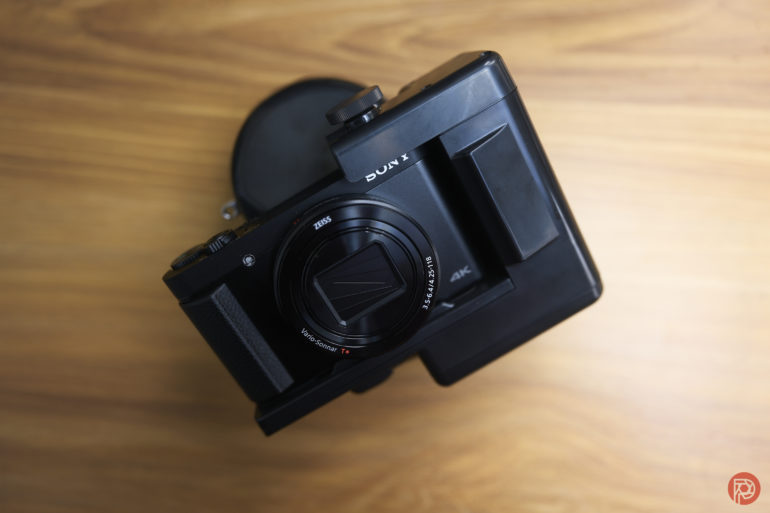
The way that the Sony Retinal Projection Camera Kit works in a pretty fascinating way. There are two parts: an HV99 camera and a Retissa Neoviewer. At the moment, you can’t hook up an interchangeable lens camera. And instead, it works with just the HV99 point-and-shoot. Hook the camera up to the neoviewer. Then power up the camera, followed by the neoviewer. Then put the Sony Retinal Projection Camera Kit to your eyes. Make sure your glasses are off. Then try to look at what’s around you, read the text on the screen, etc.
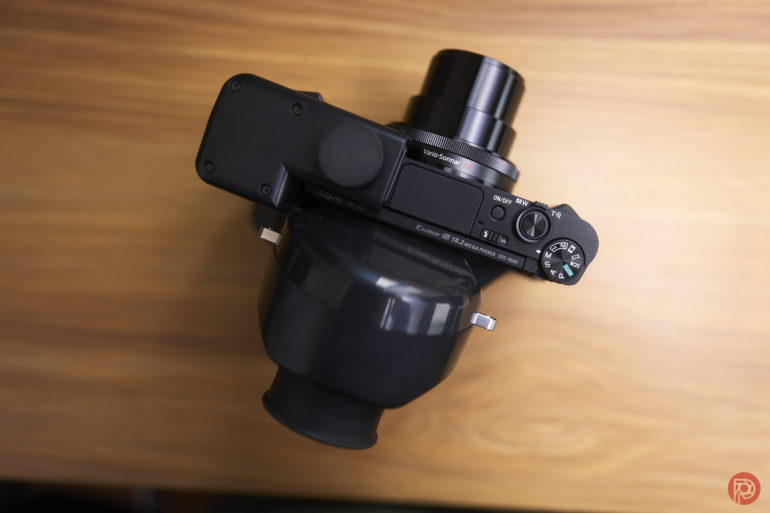
From what I understand, it’s helped folks who are entirely blind be able to see their spouses for the first time. It also lets people see in color.
It works by firing a very low-powered laser into your eye. I’m told that the laser is as powerful as the same intensity as looking at the sidewalk on a sunny day. It doesn’t dry your eyes out, either. But the laser goes past the lens and cornea into the optic nerve, from what I understand. Then you can see pretty easily. It’s pretty incredible.
Sony also let me know that they’re doing this as part of a philanthropic program that they’re doing to help those with blindness experience photography for the first time.
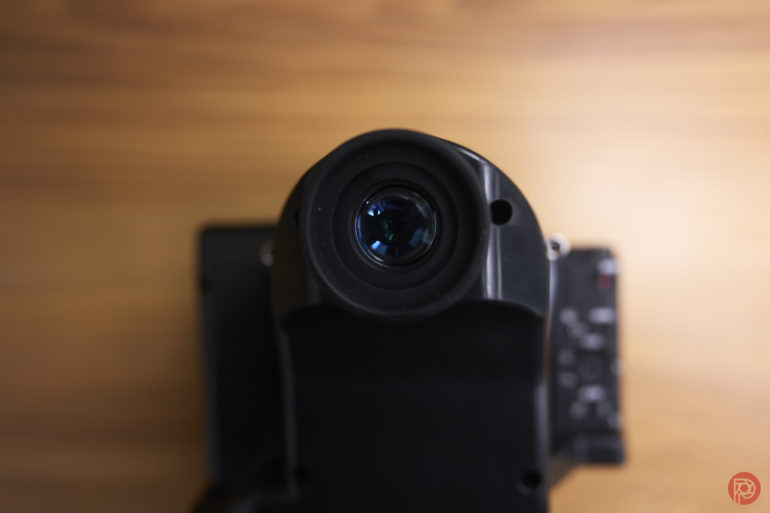

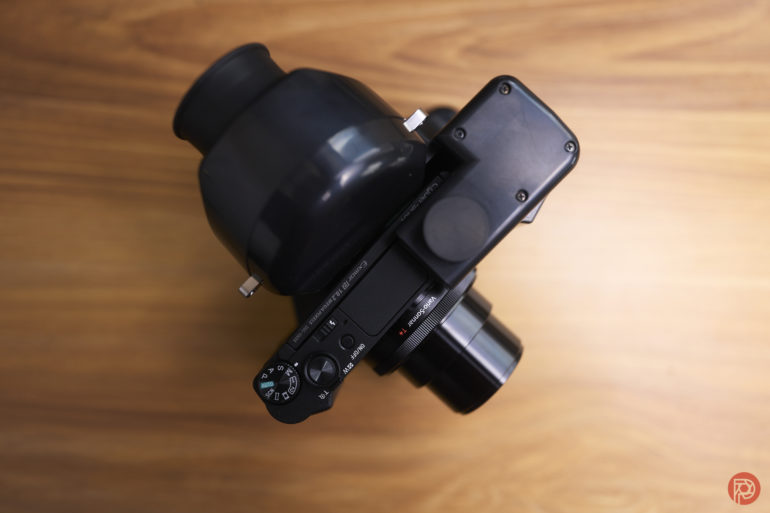
When I put it to my eyes, I was just so used to doing that and going about whatever I’ve been doing in life. I mean, that’s just part of my job. And this time around, it made me realize that I could see the world kind of normally. The Sony Retinal Projection Camera Kit has a few bugs that could be improved on as this is a Gen 1 product. But it’s one of the best Gen 1 products I’ve ever seen, no pun intended.
And overall, it makes me very excited for the future of photography once we get all this AI visual nonsense out of the way.


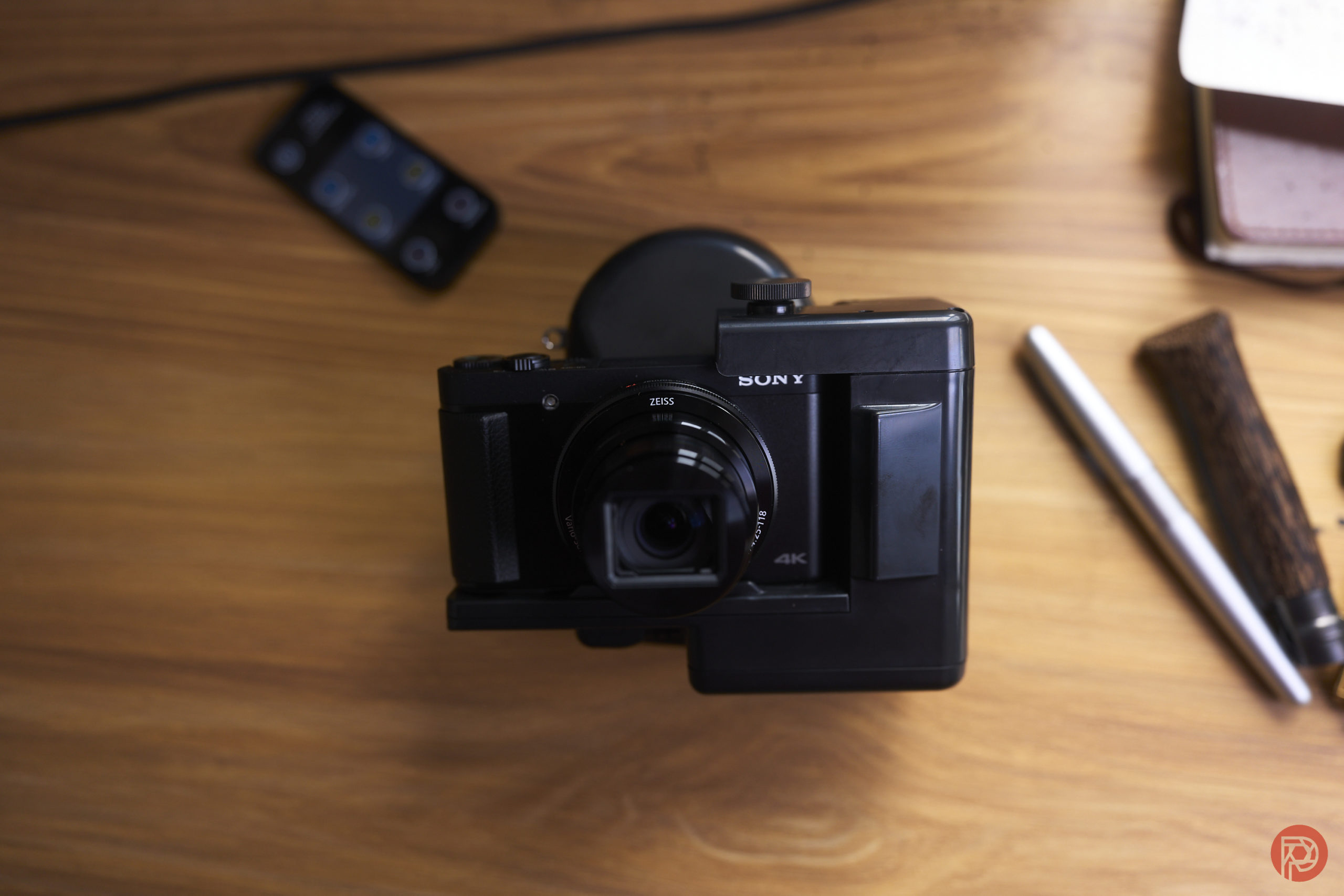
Leave a Reply